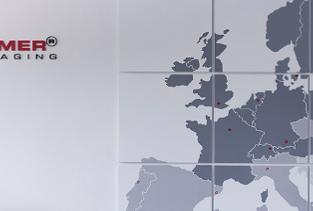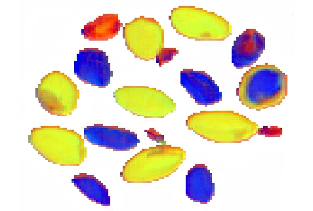Innovative inspection in machine vision
Hyperspectral imaging opens up new inspection possibilities for machine vision users. The absorption behaviour in the near infrared range (NIR) allows conclusions to be drawn as to the chemical structure of organic objects for identification and separation. Thanks to the „Perception Studio“ software, specialist know-how in spectroscopy and time-consuming programming are no longer required.
Hyperspectral imaging is especially suited for the pharmaceutical and medical industry, for food processing, recycling, mining, wood processing and for document inspection, wherever ingredients and substances, which cannot be detected by conventional colour or monochrome images, need to be identified and separated reliably. Based on practical application examples and live demonstrations, experienced trainers explain the technical background and all necessary hardware and software components. Go to training website
Upcoming Training:
19.04.2018 Puchheim; Germany; Language: German - Register Now
19.04.2018 Tongham; UK; Language: English - Register now
15.11.2018 Tongham; UK; Language: English - Register now
Goals
You will get to know the specific hardware components needed for hyperspectral imaging, such as spectrographs, SWIR cameras with different interfaces, special IR lenses and optimised illumination for the relevant range of wavelengths. You will learn what really matters when putting together the components for the perfect vision solution.
An essential part of the training focuses on the processing of hyperspectral image data by using the graphical user interface of the „Perception Studio“ software. The software allows easy classification of complex hyperspectral object information via teach-in. This enables the distinction of various characteristics (such as proportions of water and fat, types of plastic and chemical agents or other organic substances).
You will also learn how to transfer the classified image data to other platforms via GigE Vision for further processing in a familiar software environment.
Content
- Introduction to the basics of hyperspectral imaging
- Application fields and examples in machine vision
- SWIR camera technologies for image acquisition
- Acquisition hardware, interfaces and encoders
- Selecting the appropriate SWIR lenses and spectrographs
- Illumination suited for hyperspectral imaging applications
- Image acquisition and hyperspectral object classification with the Perception Studio software
- Interface for processing of the evaluated data with 3rd party software
- Practical demonstrations and exercises with sample parts that participants can bring along







